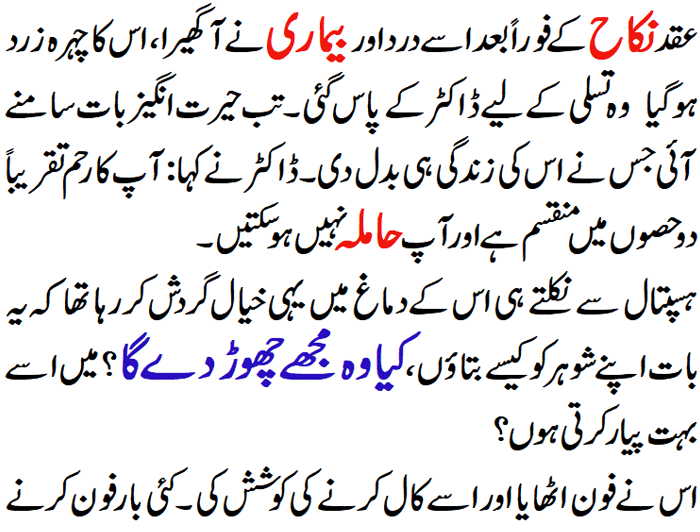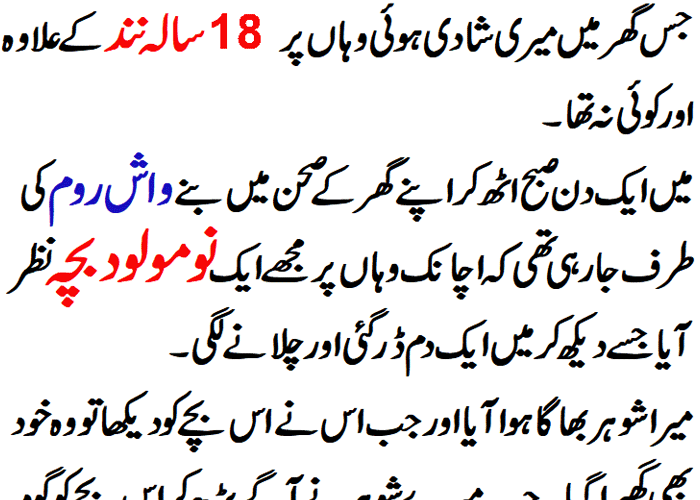
When it comes to weight loss, there are countless strategies, diets, and meal plans available, each promising impressive results. One method that has gained popularity for its effectiveness and flexibility is carb cycling. This approach can help optimize fat loss while preserving muscle mass.
What is Carb Cycling?
Carb cycling is a dietary strategy that alternates between high-carb and low-carb days to maximize the benefits of carbohydrates while minimizing their potential downsides. The primary goal is to improve metabolism, enhance energy levels, and promote weight loss.

The idea is to fuel your body with enough carbohydrates to support high-intensity workouts and muscle recovery on certain days while reducing carb intake on other days to encourage fat-burning. This balance helps maintain muscle mass and prevents the sluggishness often associated with low-carb diets.

How Does Carb Cycling Work?
Carb cycling typically involves three types of days:
High-Carb Days: On these days, you consume more carbohydrates. This is designed to replenish glycogen stores in your muscles, provide energy for intense workouts, and support muscle growth. High-carb days can boost metabolism and prevent the body from adapting to a constant low-carb diet.

Low-Carb Days: These days involve reducing carbohydrate intake significantly. The aim is to force the body to burn stored fat for energy. Low-carb days help increase insulin sensitivity, which is beneficial for weight loss and overall health.

No-Carb Days (Optional): Some carb cycling plans include days with very minimal to no carb intake. These days further promote fat burning and can help break through weight loss plateaus. However, they are not necessary for everyone and can be quite challenging.

Benefits of Carb Cycling
Enhanced Fat Loss: By alternating between high and low-carb days, your body becomes more efficient at burning fat. Low-carb days reduce insulin levels, which helps mobilize stored fat for energy.

Preserved Muscle Mass: High-carb days provide the necessary fuel for muscle recovery and growth, preventing muscle loss that can occur with continuous low-carb diets.
Improved Metabolic Flexibility: Carb cycling helps your body adapt to using both carbohydrates and fat as fuel sources, enhancing overall metabolic flexibility.
Reduced Fatigue and Improved Performance: High-carb days ensure you have the energy needed for intense workouts, reducing fatigue and improving athletic performance.
Variety and Flexibility: Carb cycling offers dietary variety, making it easier to stick to compared to monotonous low-carb diets. It allows for flexibility in meal planning and social eating.
Sample Carb Cycling Meal Plan
Here’s a sample meal plan for a week of carb cycling. Adjust portions and ingredients based on your specific caloric needs and dietary preferences.
Day 1: High-Carb Day
Breakfast: Oatmeal with berries, honey, and a scoop of protein powder.
Snack: Apple slices with almond butter.
Lunch: Grilled chicken breast with quinoa, mixed vegetables, and a small sweet potato.
Snack: Greek yogurt with granola and a banana.
Dinner: Whole wheat pasta with marinara sauce, lean ground turkey, and a side salad.
Snack: Rice cakes with peanut butter.
Day 2: Low-Carb Day
Breakfast: Scrambled eggs with spinach and avocado.
Snack: Celery sticks with hummus.
Lunch: Grilled salmon with a large green salad (lettuce, cucumber, bell peppers) and olive oil dressing.
Snack: Handful of nuts and seeds.
Dinner: Stir-fried tofu with broccoli and cauliflower rice.
Snack: Cottage cheese with a few berries.
Day 3: High-Carb Day
Breakfast: Smoothie with banana, spinach, protein powder, and oats.
Snack: Whole grain toast with avocado and cherry tomatoes.
Lunch: Turkey and cheese wrap with whole wheat tortilla, lettuce, and a side of fruit salad.
Snack: Carrot sticks with guacamole.
Dinner: Brown rice with grilled shrimp, steamed broccoli, and a side of black beans.
Snack: Popcorn (air-popped).
Day 4: Low-Carb Day
Breakfast: Omelette with mushrooms, bell peppers, and cheese.
Snack: Sliced cucumber with tzatziki.
Lunch: Chicken Caesar salad (grilled chicken, romaine lettuce, Parmesan cheese, and Caesar dressing).
Snack: Hard-boiled eggs.
Dinner: Baked cod with asparagus and mashed cauliflower.
Snack: Small handful of almonds.
Day 5: Moderate-Carb Day
Breakfast: Greek yogurt with mixed berries and a sprinkle of flaxseeds.
Snack: Rice cakes with cottage cheese.
Lunch: Tuna salad lettuce wraps with cherry tomatoes and avocado.
Snack: Mixed nuts and dried fruit (in moderation).
Dinner: Grilled steak with sweet potato wedges and green beans.
Snack: Dark chocolate square.
Day 6: High-Carb Day
Breakfast: Pancakes made with whole wheat flour, topped with fresh fruit and a drizzle of maple syrup.
Snack: Smoothie with mixed fruits and a scoop of protein powder.
Lunch: Quinoa salad with chickpeas, cucumber, tomatoes, and feta cheese.
Snack: Apple slices with peanut butter.
Dinner: Grilled chicken breast with brown rice, steamed broccoli, and a side salad.
Snack: Greek yogurt with honey and granola.
Day 7: Low-Carb Day
Breakfast: Egg muffins with spinach, cheese, and bell peppers.
Snack: Bell pepper slices with guacamole.
Lunch: Grilled turkey burger (no bun) with a side of mixed greens and olive oil dressing.
Snack: Cheese sticks.
Dinner: Zucchini noodles with marinara sauce and grilled shrimp.
Snack: Small handful of walnuts.
Carb cycling can be an effective and sustainable approach to weight loss and overall health. By alternating between high and low-carb days, you can enjoy the benefits of both worlds: sustained energy for workouts and efficient fat-burning. Remember, the key to success is consistency and listening to your body’s needs






